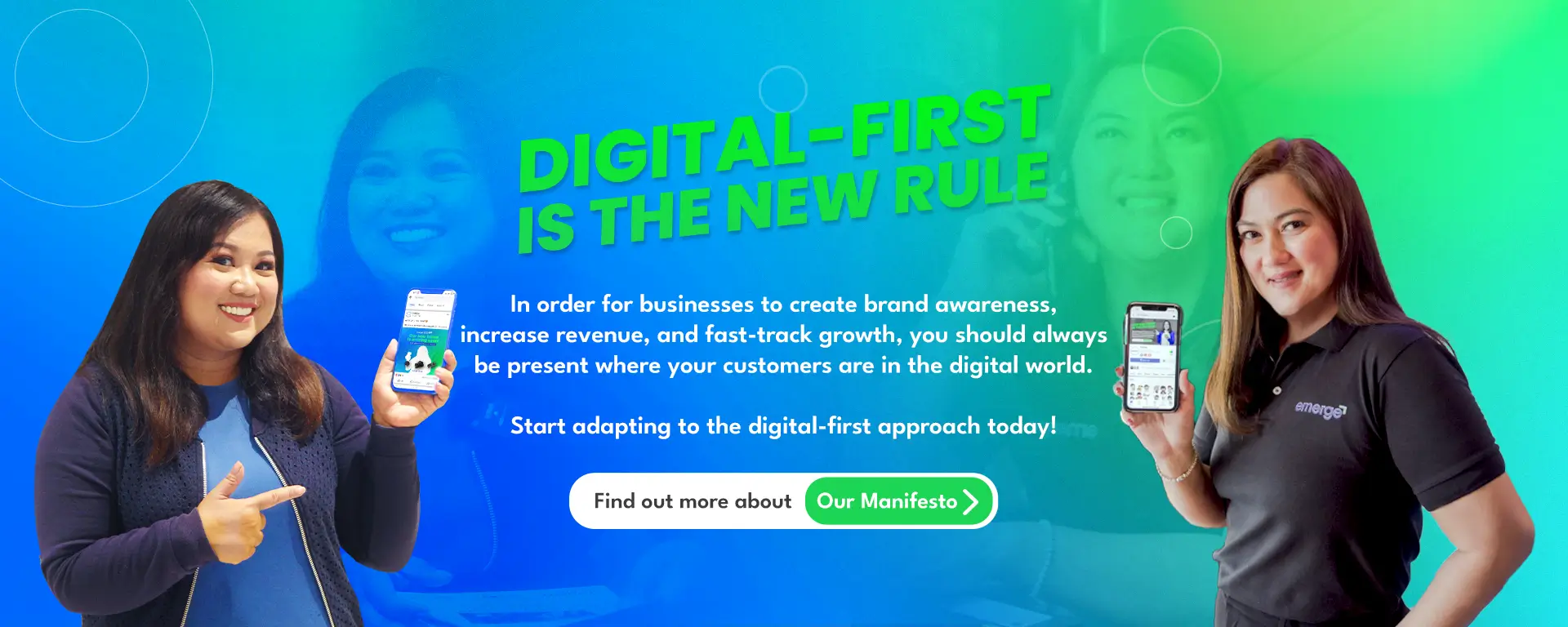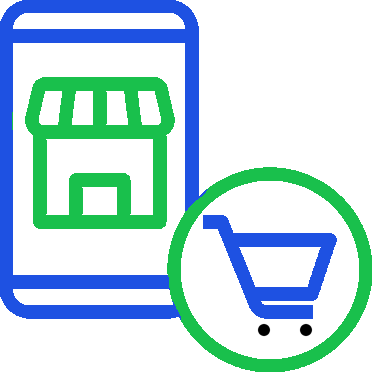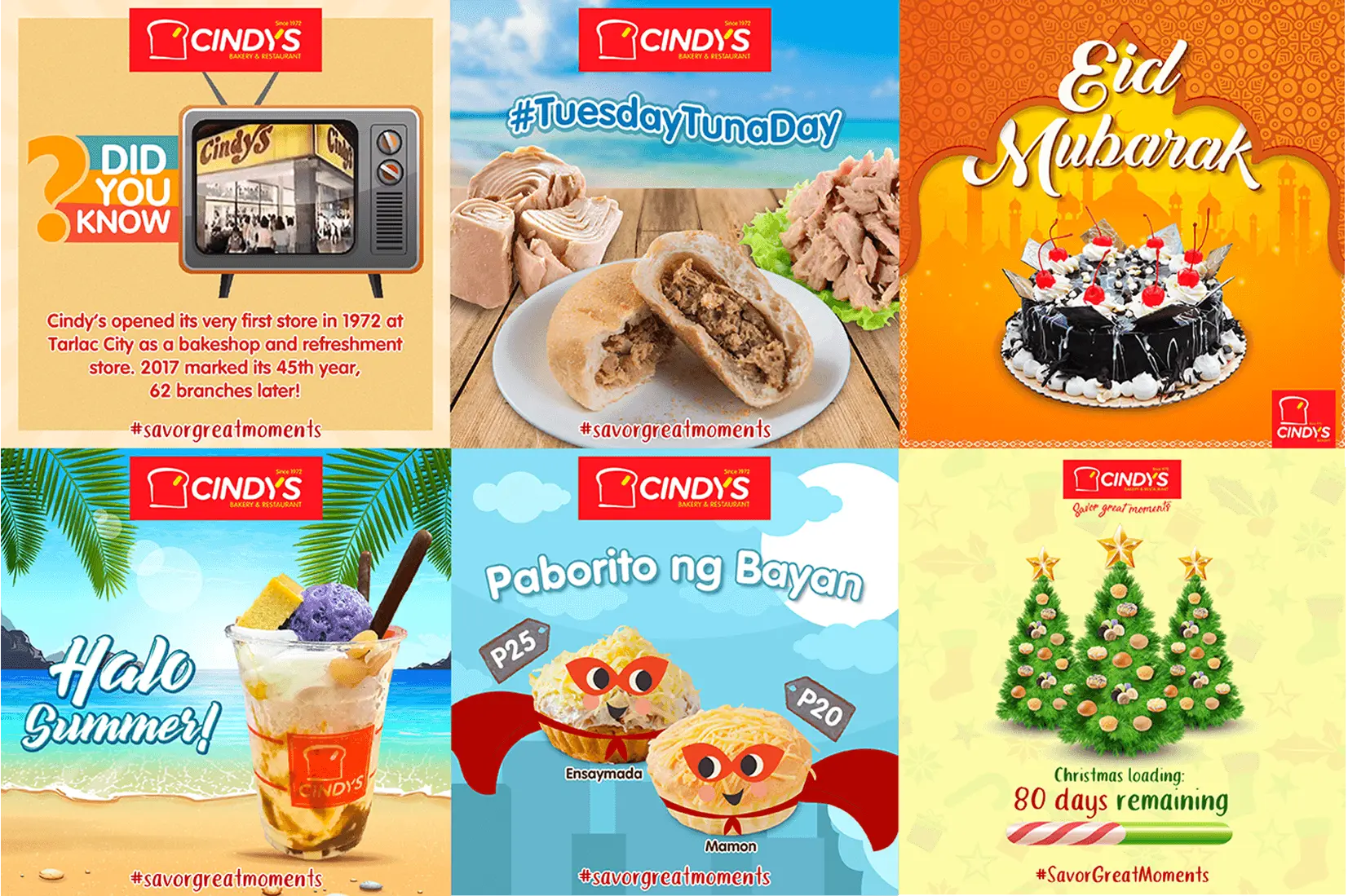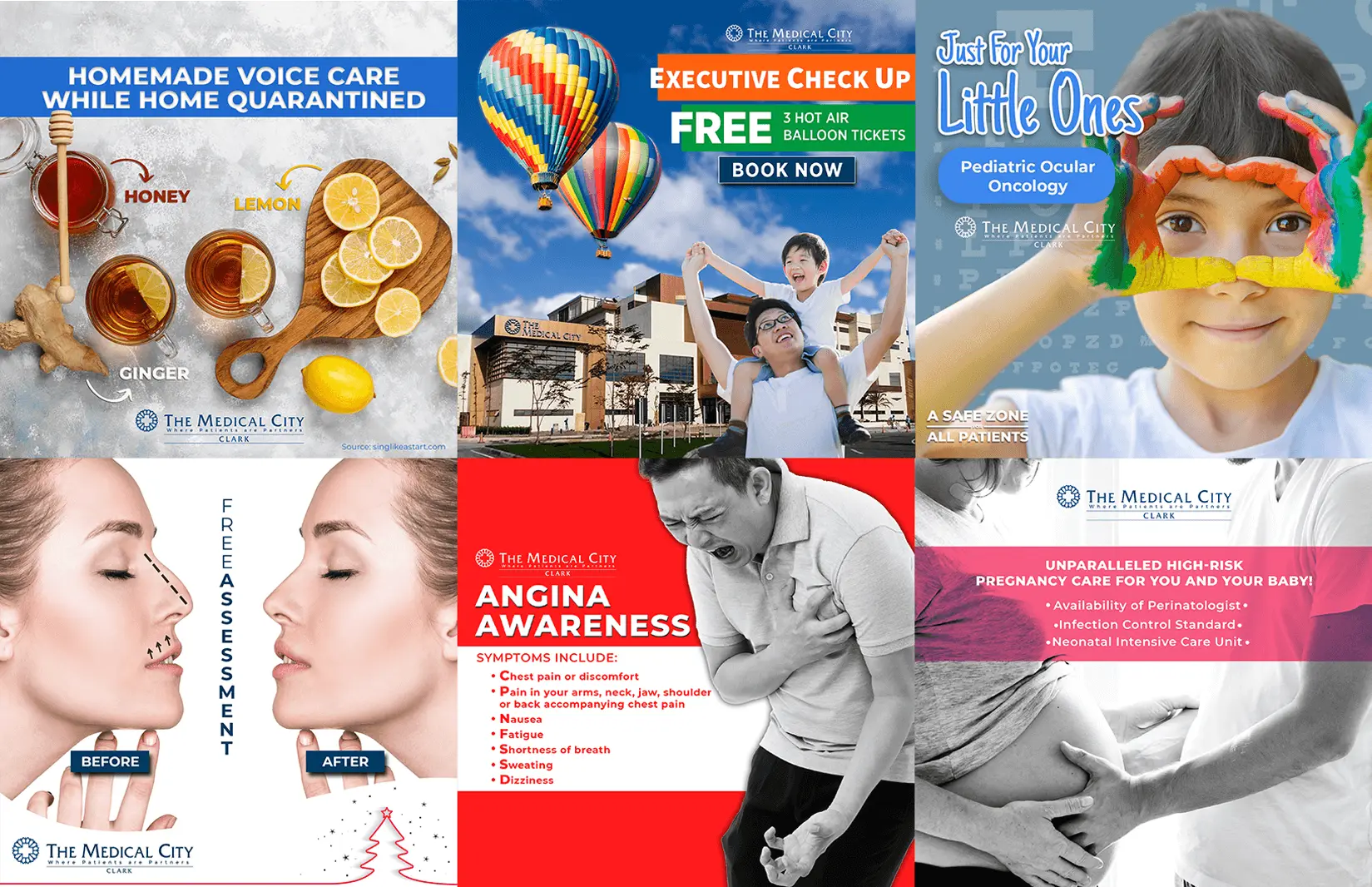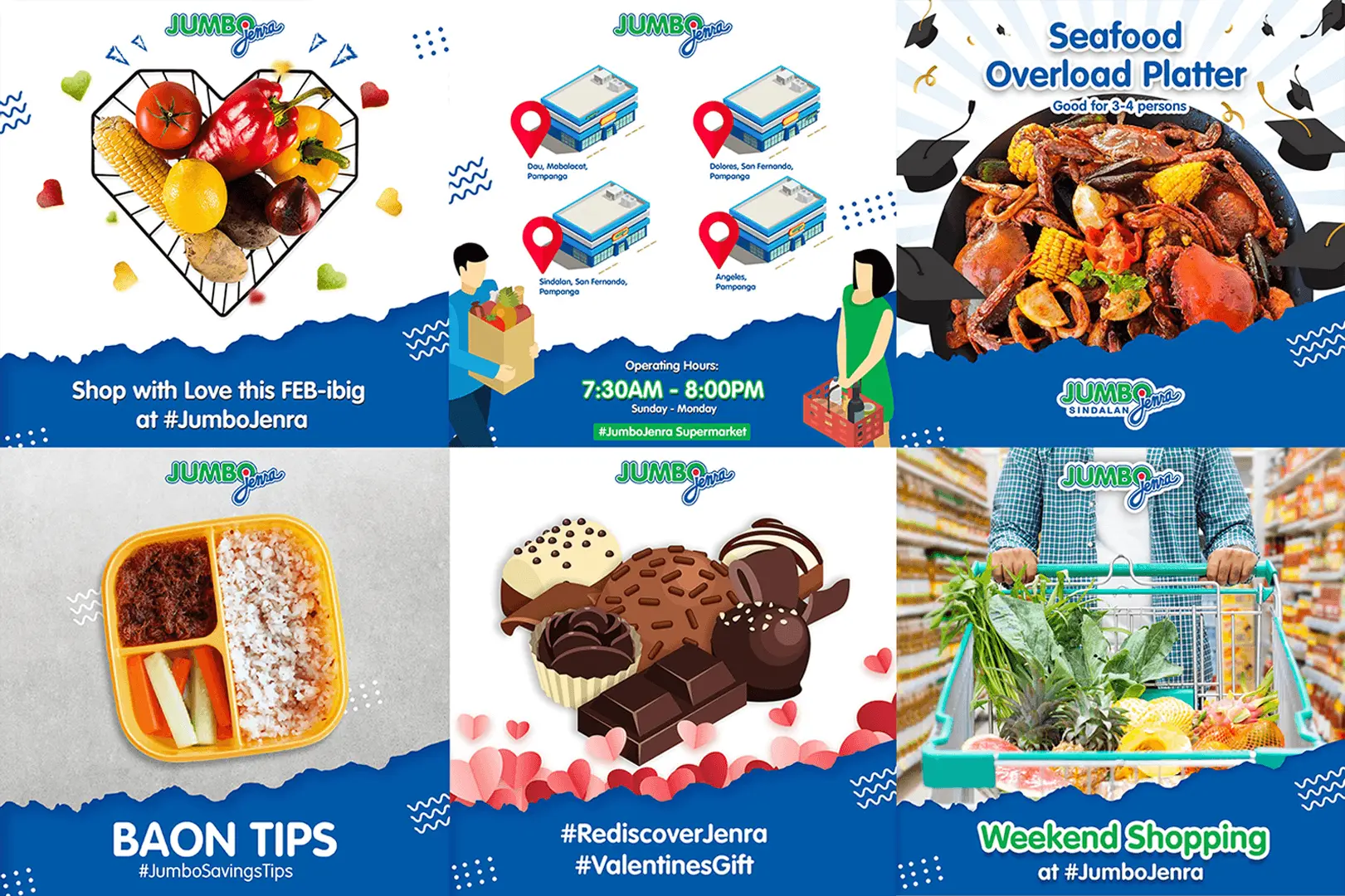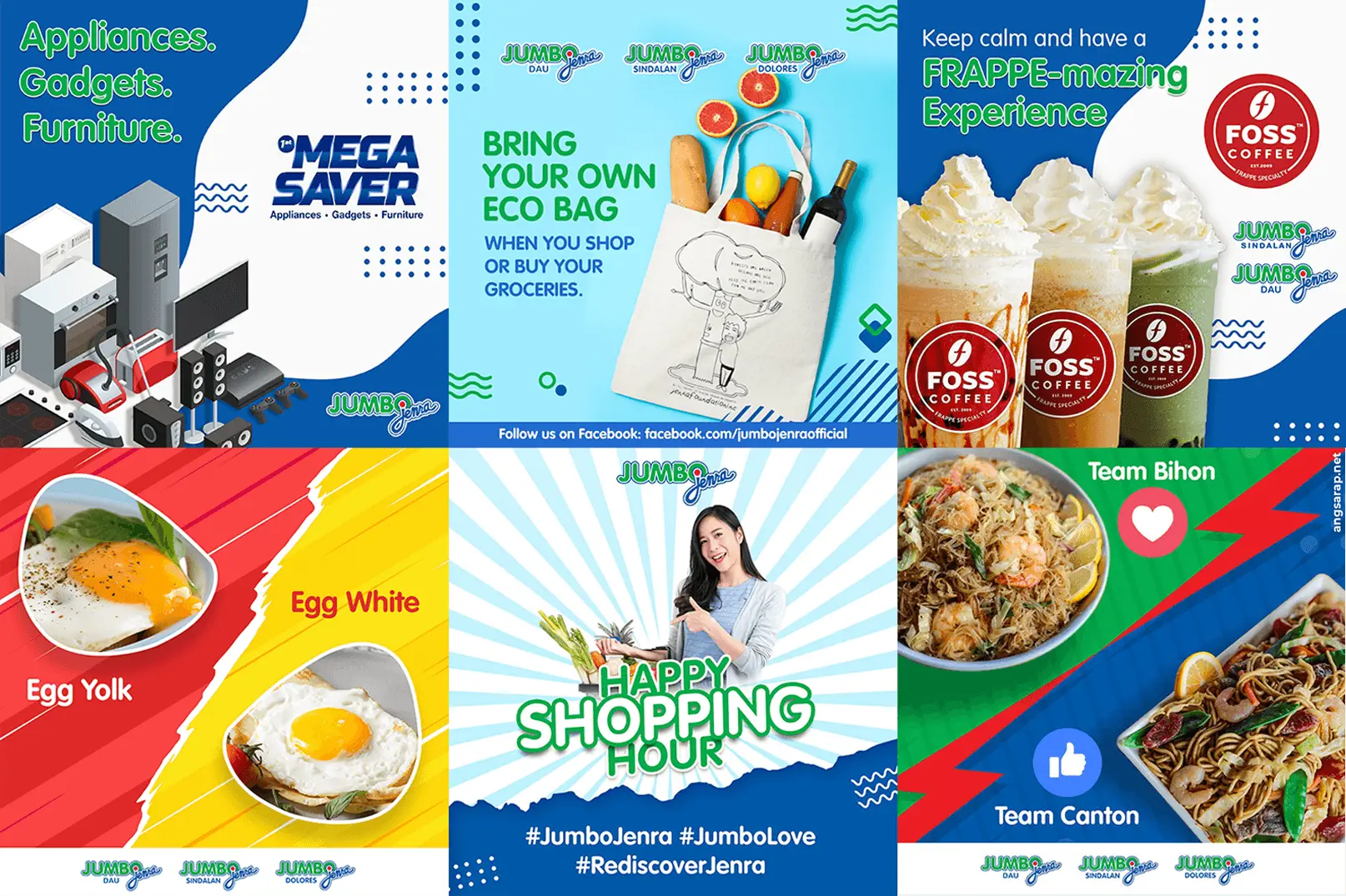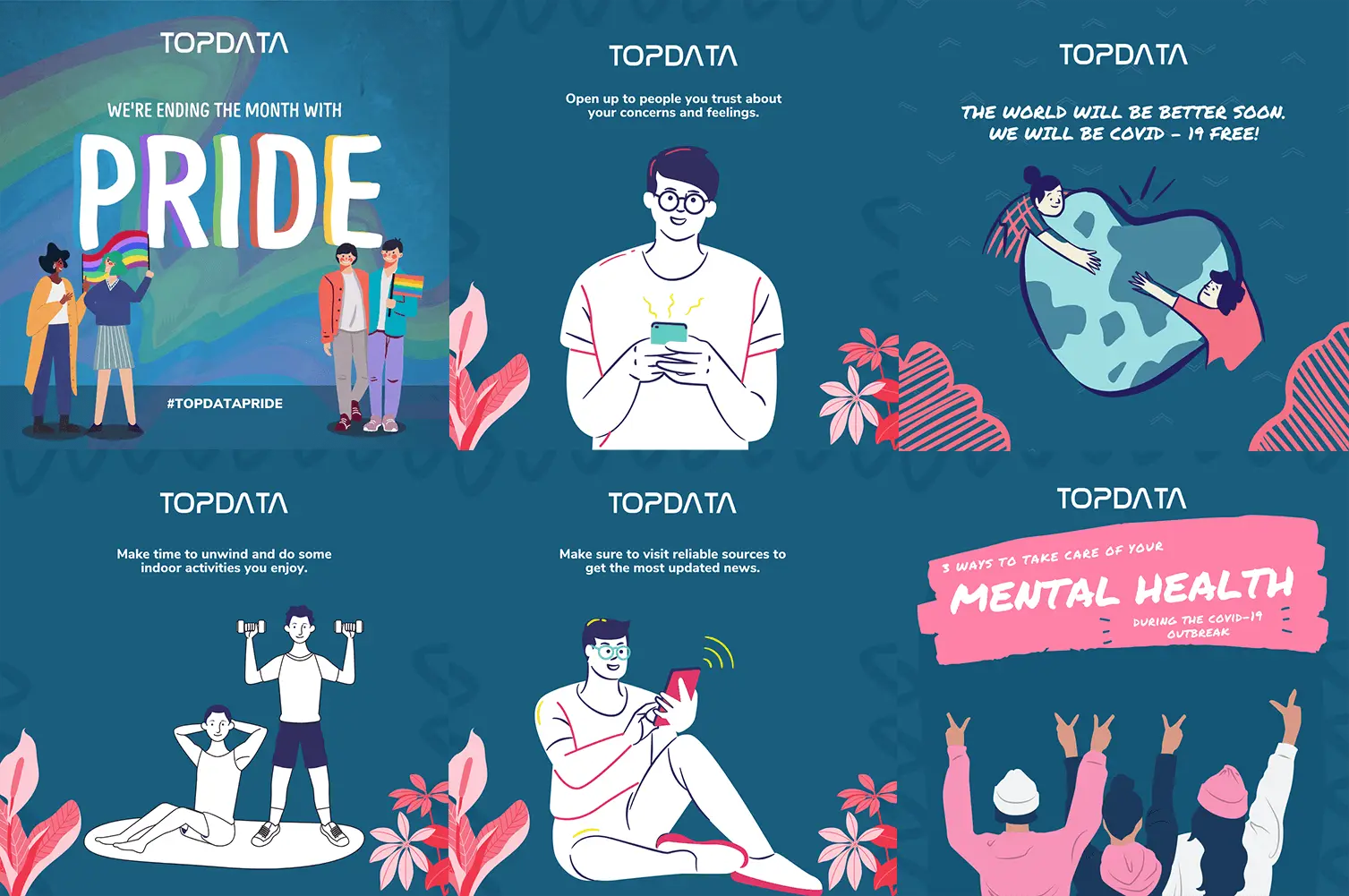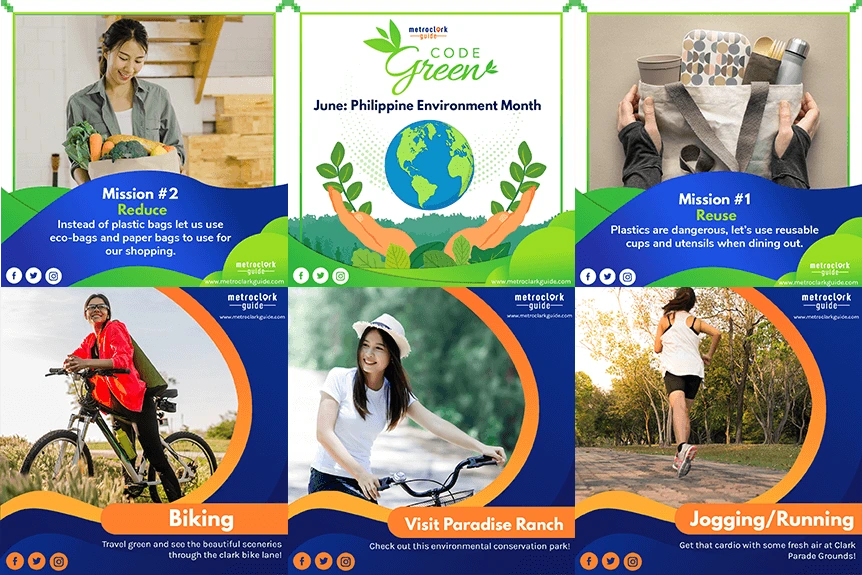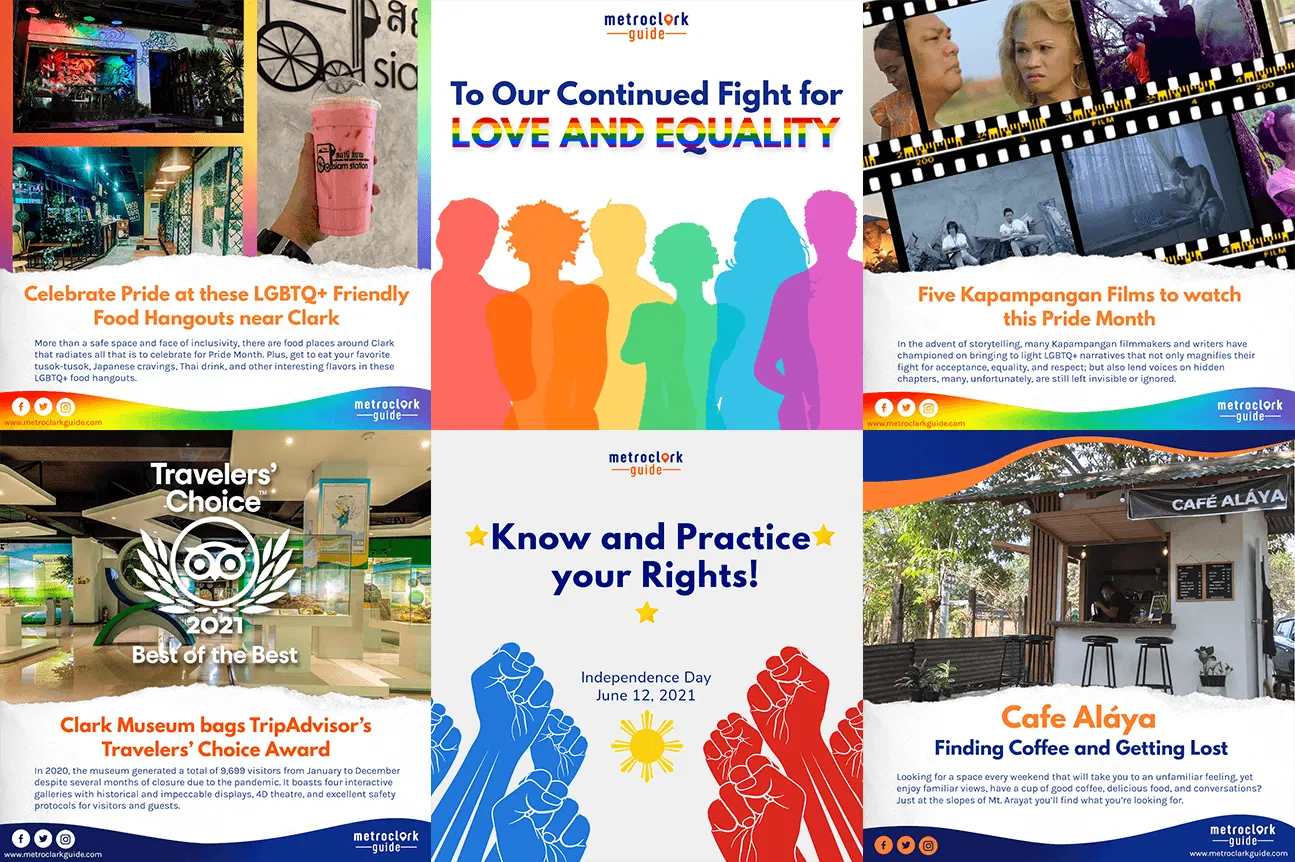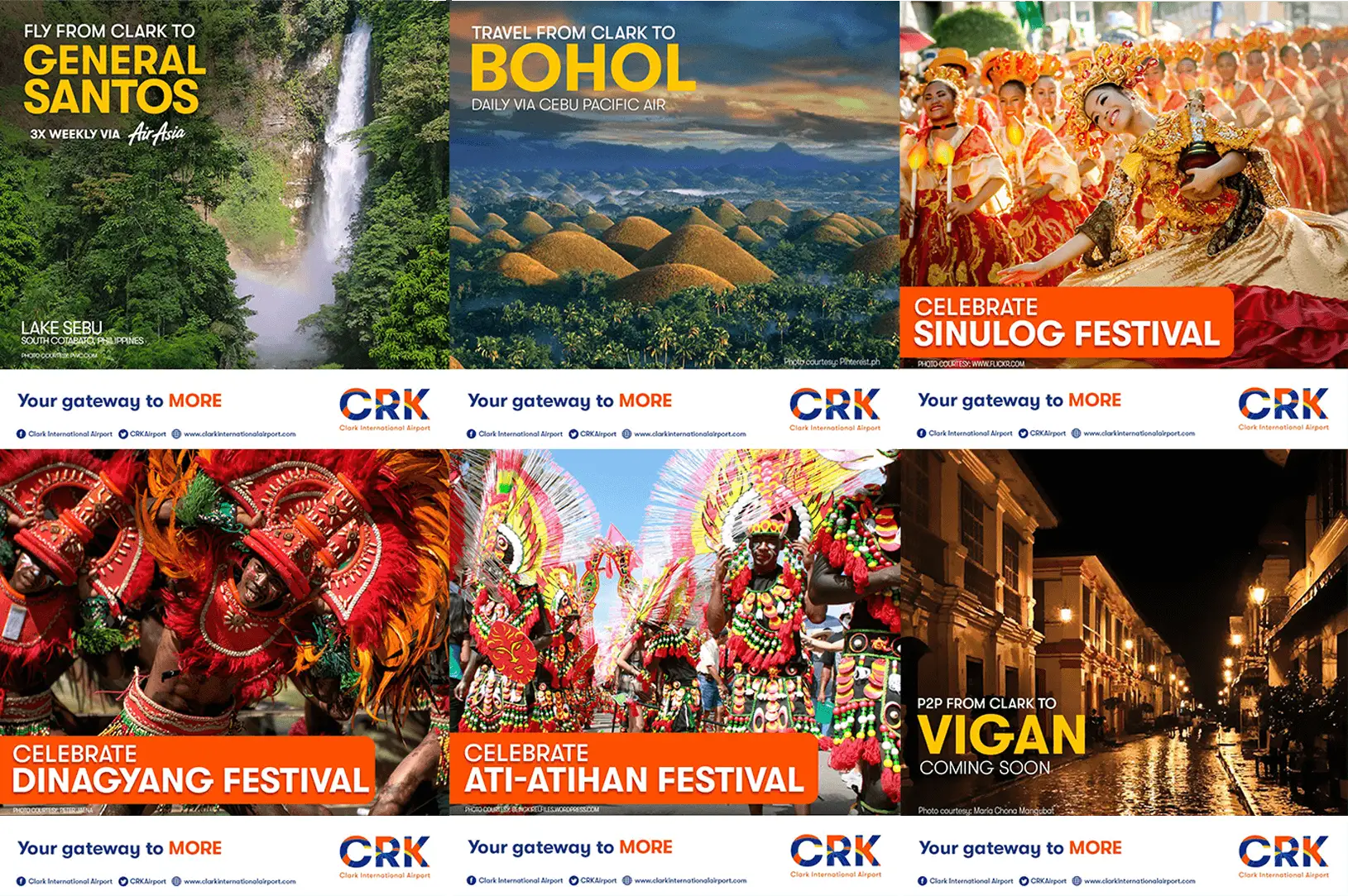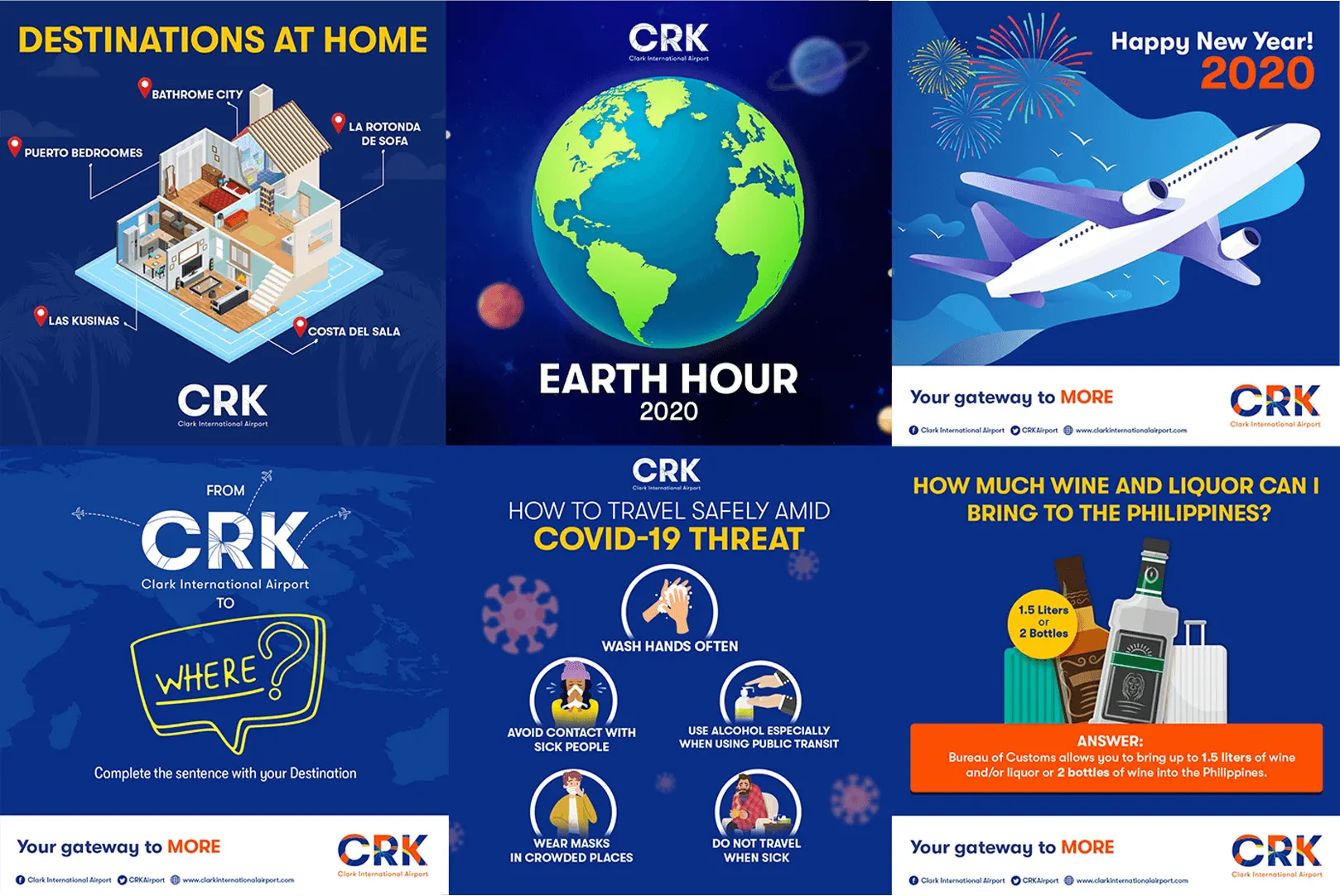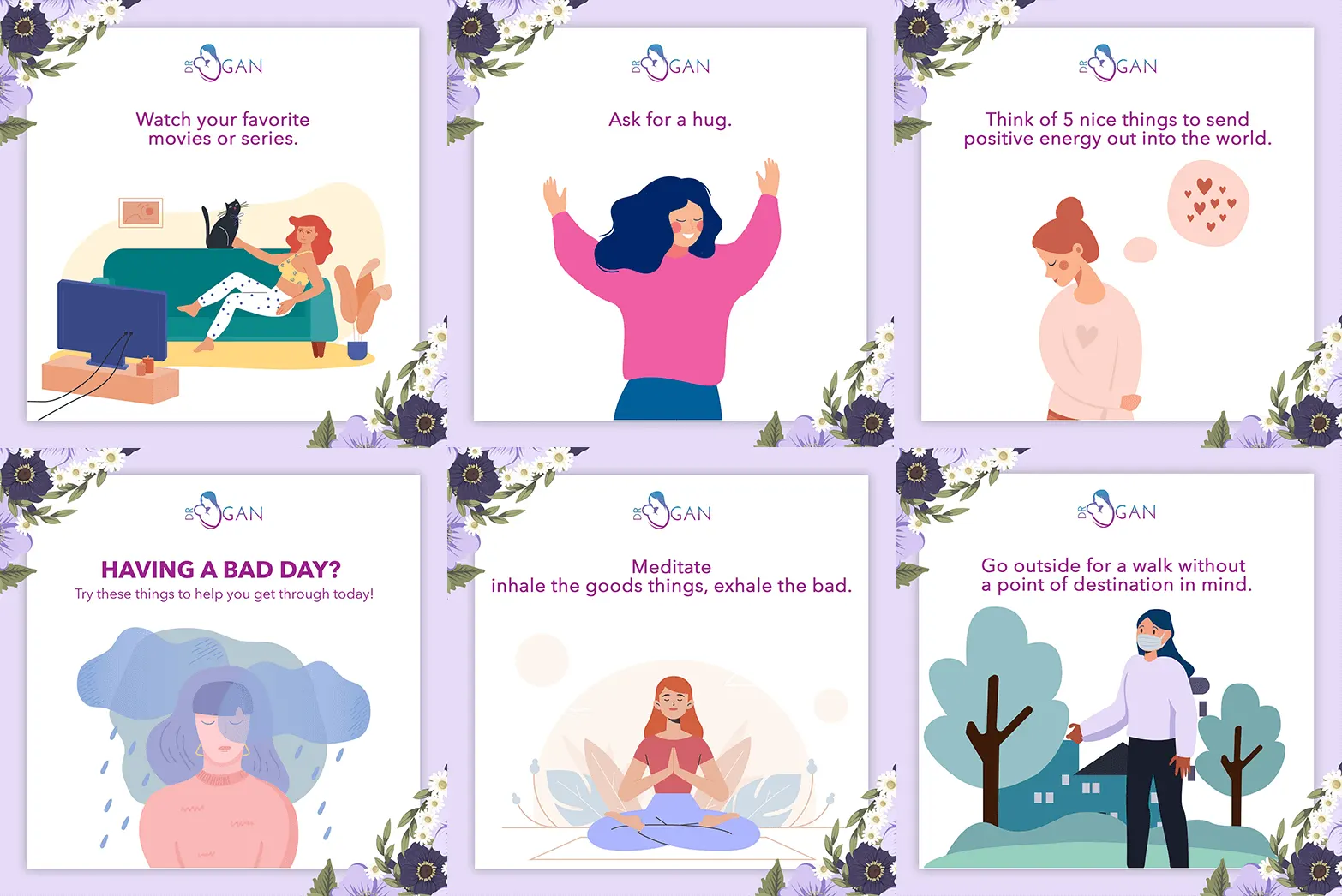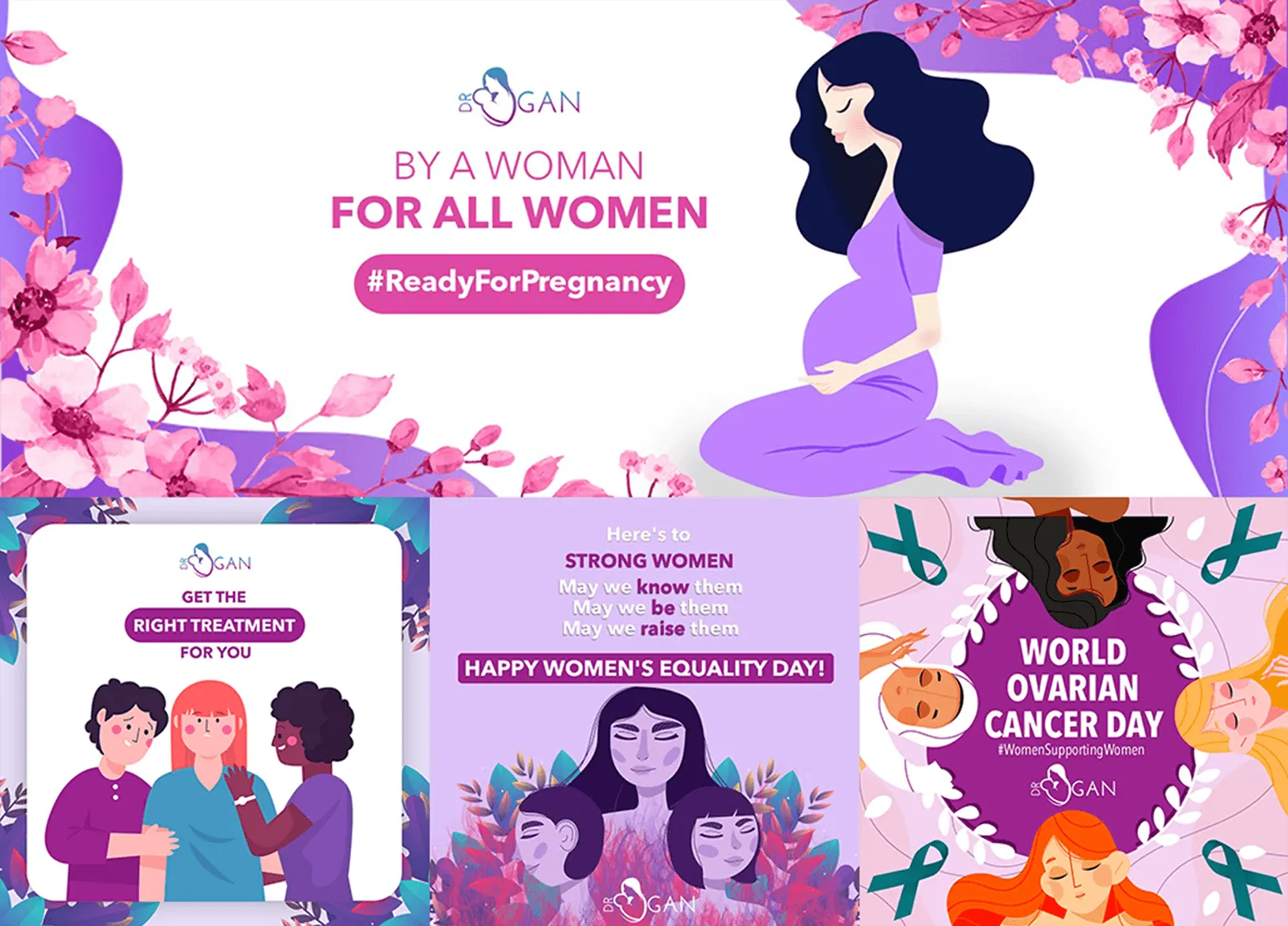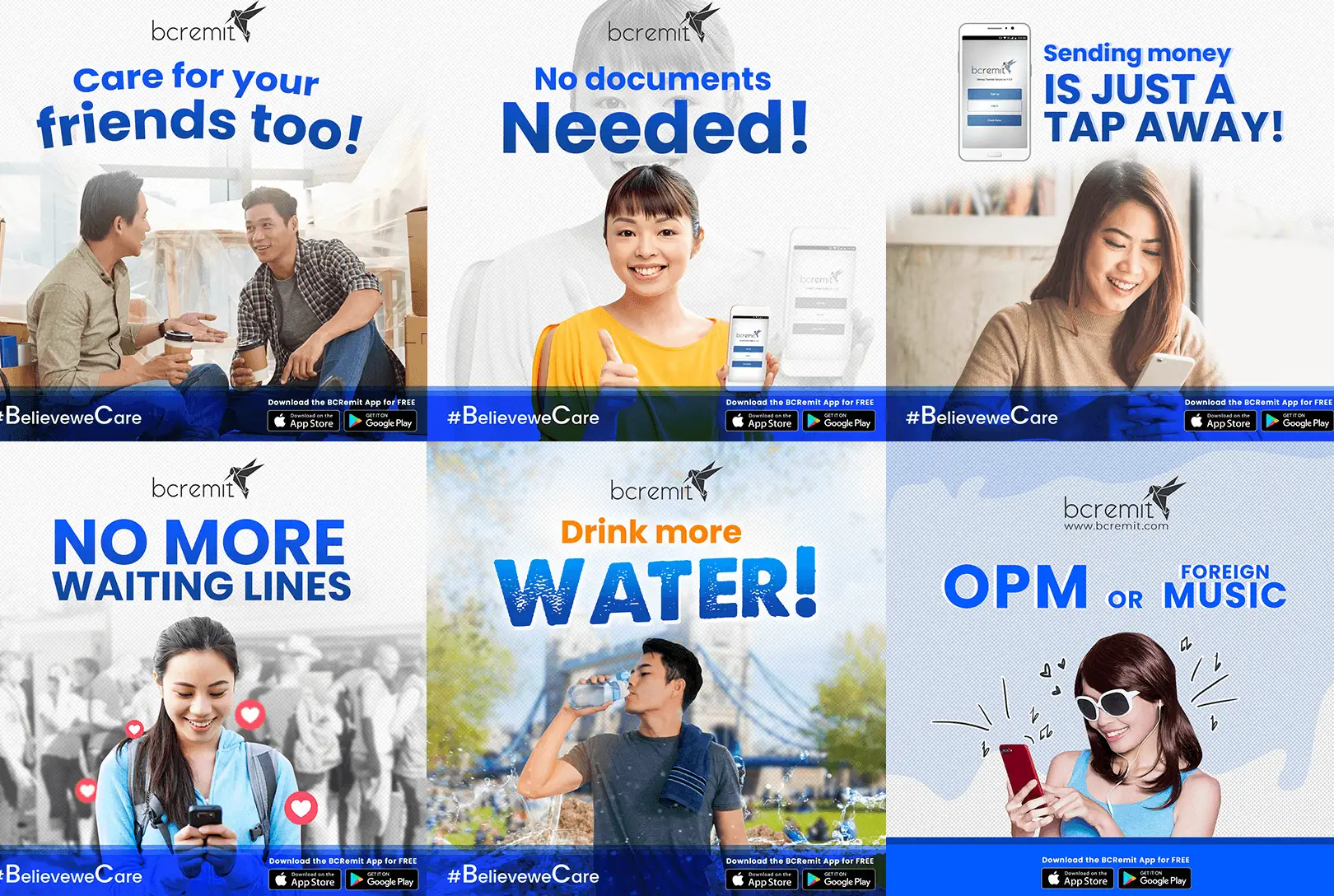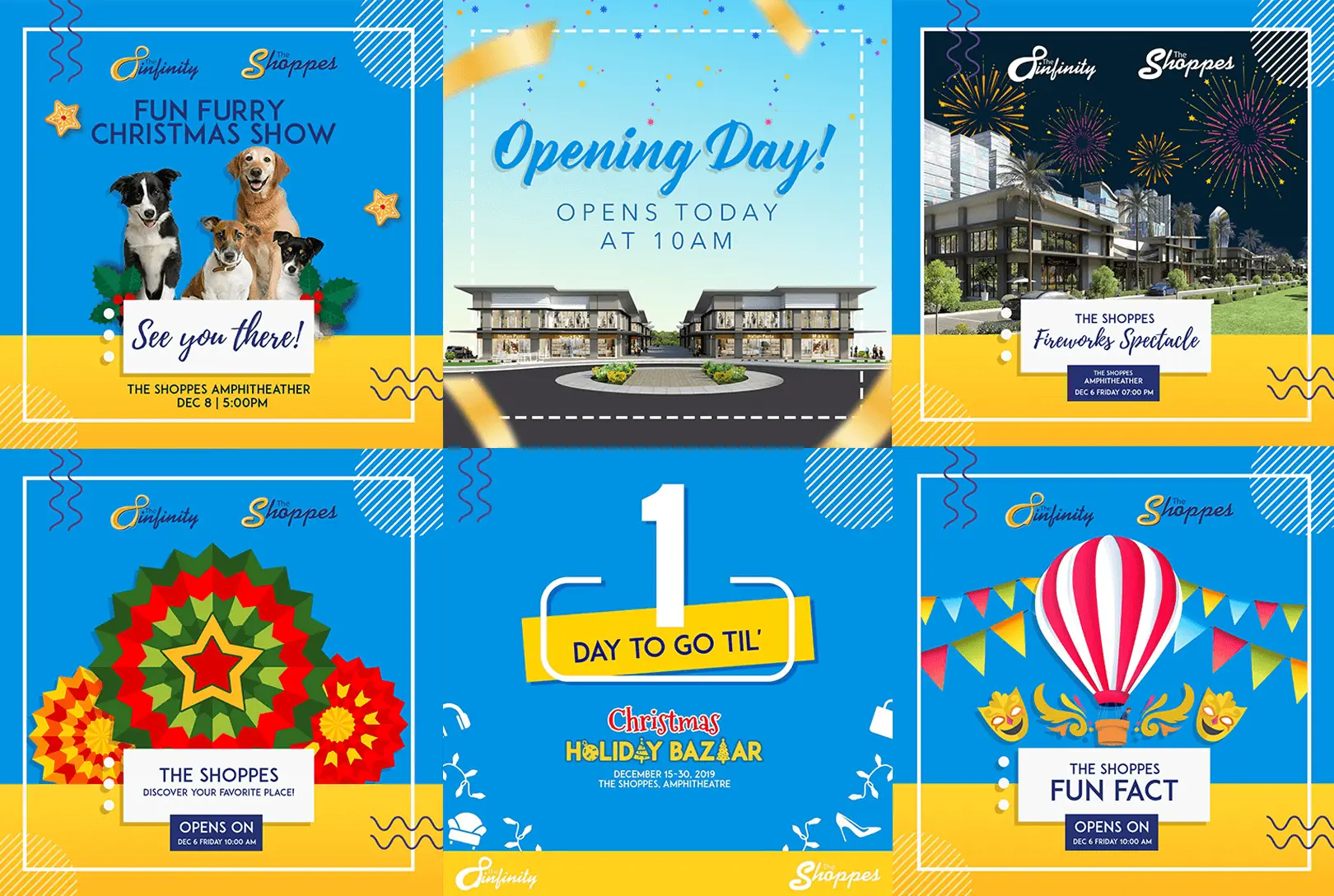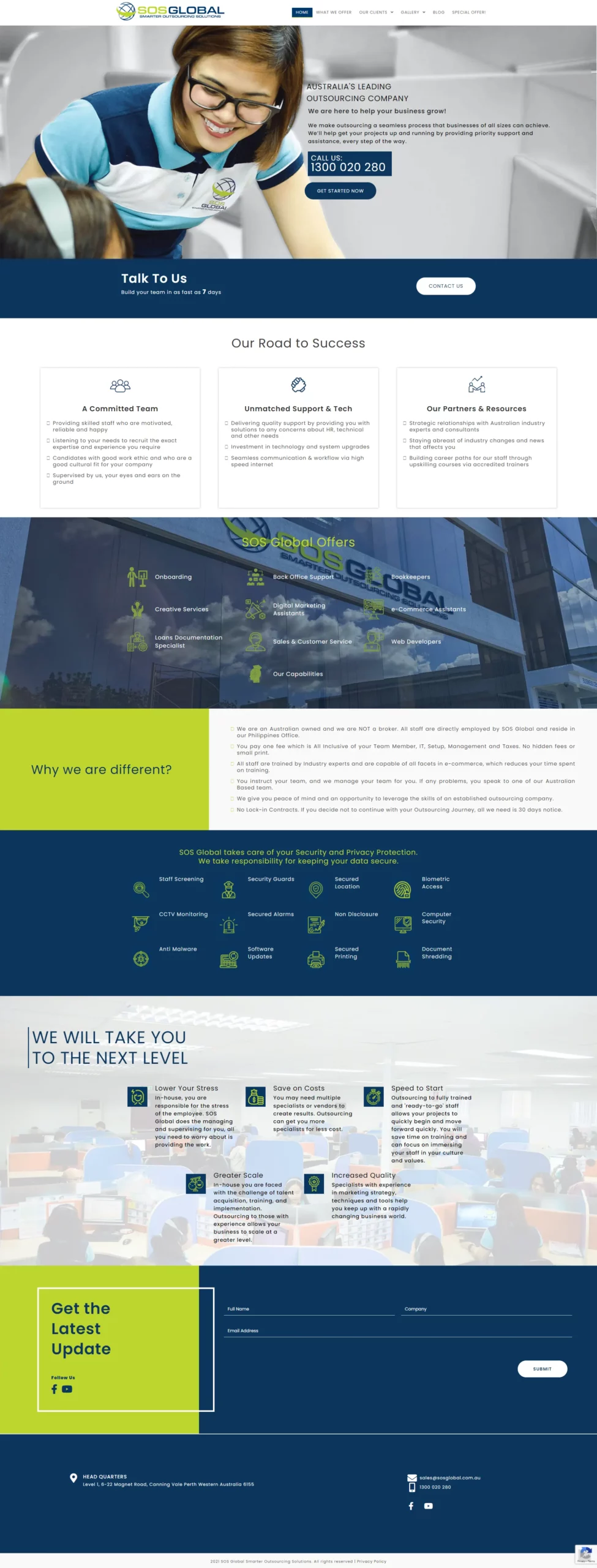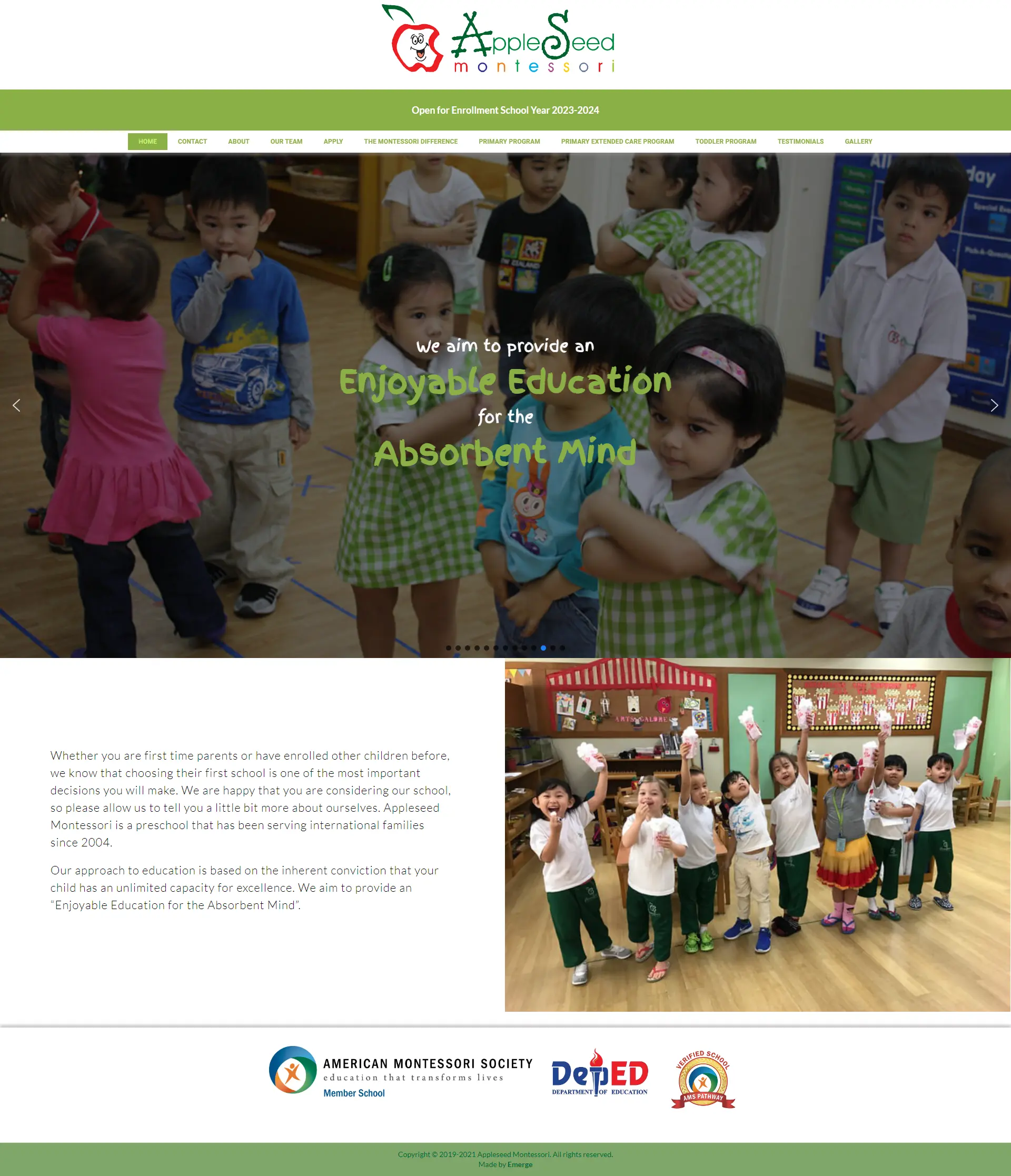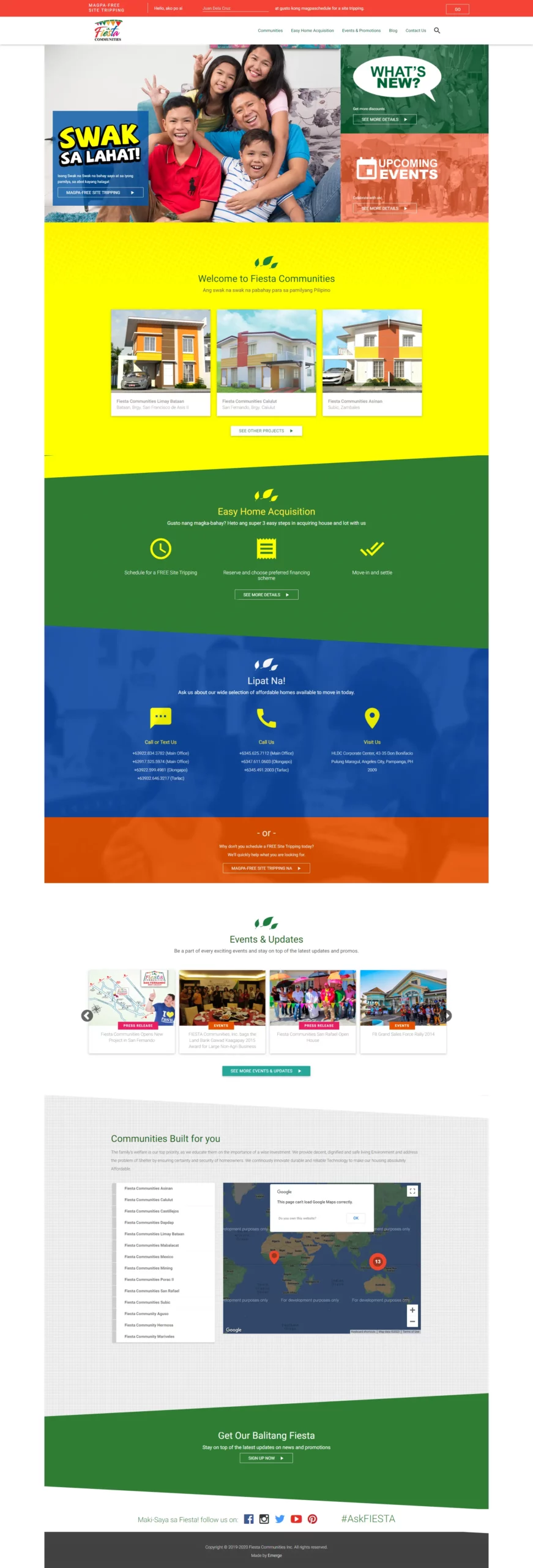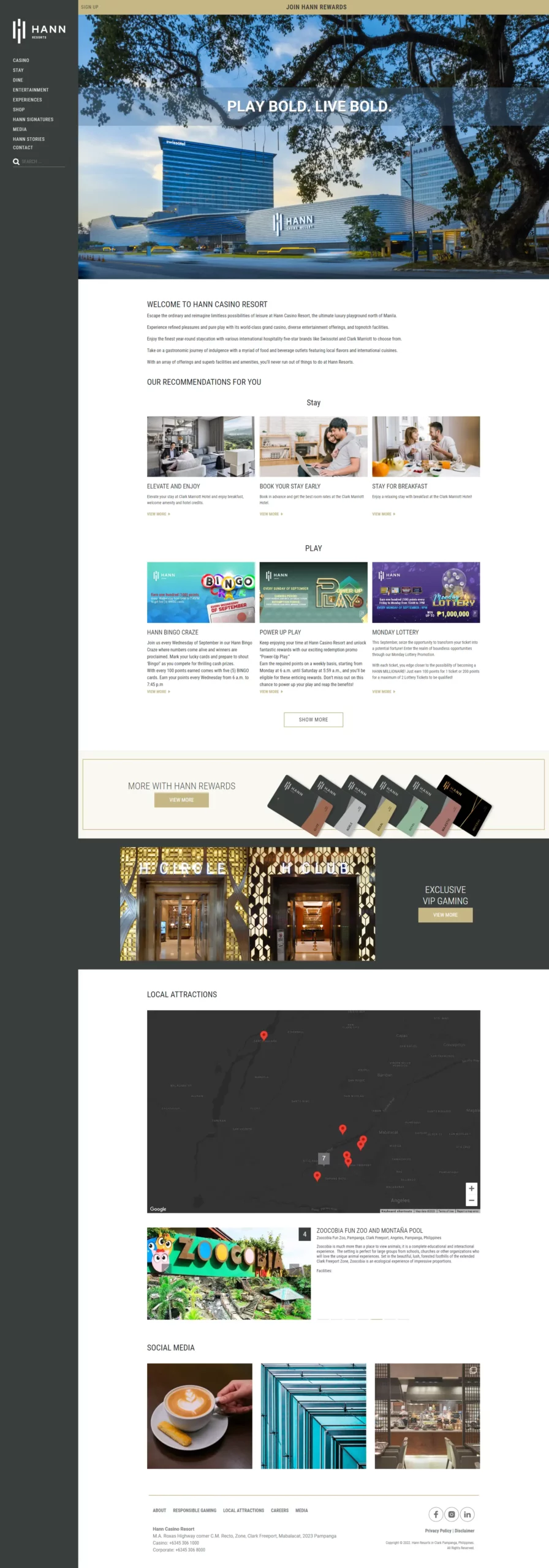What makes an Effective Website? Five Simple Tips for Creating Content
Is a website really necessary for your business?
A twenty-year-old question, and the answer remains a resounding- YES!
A business website is one of your most important marketing tools today. It plays a significant role in your brand and transactions, primarily if you use a digital-first approach to growing your online presence and reaching potential customers.
Having a website is one of the many green flags for consumers. It establishes legitimacy, promotes comfort and trust in dealing with transactions, helps you effectively market products, understand customers, and brings them closer when you turn your website into a central point of contact for them and your business’s social media accounts.
Sounds about right? But we know you have hurdles; after all, with over 1.9 billion websites, including your competition, how does your website stand out? You’ll need effective strategies to get the most results from your website marketing strategy.
Yes, graphic elements and web design are crucial, but start by improving your website’s content first. A website should have consumable and relatable content enough to turn every clicking and browsing into a pleasant experience.
Check below five (5) simple tips for creating content for an effective website.

Understanding Content for Website
Let’s first see the essentials of a website’s content. It is anything on your website that a user can use, read or interact with; categorized into three, you may combine any of these to produce amazing pieces of content.
anything written or text-based; blurbs or captions under main headlines usually found on your homepage, blog posts, news articles, product descriptions, or testimonials.
anything your user can see or watch, like an album of pictures, background, video, or an infographic.
anything the user can hear on your site, like songs, background music, click sound effects or podcast episodes.
Despite having a myriad of these content forms, consider still a minimal and straightforward distribution. You want a smooth website. That is why understanding your audience’s demographic and psychographic profile can help you determine which contents are worth including.
Concise, Clear, and Comfortable to Read
Don’t make a website too wordy. Longer paragraphs do not equate to being informative and users would just assume all the information can be found in a pdf copy somewhere. Again, checking your website should feel like an experience- like how a customer visits a physical store.
Stay true to your brand’s tagline or motto, pick a few keywords from the latter and reuse them for blurbs or your vision-mission statements. See this homepage by La Rosa Flower Shop – www.larosaflowershop.com

Notice the usage of one-sentence content writing? Short yet it informs clearly, creates an impression, and moves the user to navigate more like he/she is window shopping. Furthermore, the usage of transition effects from one short statement to another, accompanied by varying background lessens scrolling action.
Repetition of keywords related to the brand increases brand retention, and users begin to be more aware of the product and the business. You can include search engine optimization (SEO) on these keywords to further optimize the site on search engines.

If your product or services cannot simply be compressed within one to two sentences, follow the inverted pyramid writing method when writing one-paragraph descriptions or blurbs. This writing style puts all relevant information, such as: Who, What, When, Where, Why, and How, in the first two sentences and proceeds to use the remaining sentences as explainers or additional information.
Note: Read through your content before publishing and check for unnecessary words or details you can omit to shorten the text.
For blogs or news, the ideal length should be between 2,100-2,400 words. Don’t bombard the article with pictures; one banner is enough; you may publish multiple photos via an album or gallery feature and link it to a keyword or phrase.
Avoid Sounding Too “Markety”
Users can easily read a “trying-hard” website. Speak your target audience’s language and pattern your content to what they would likely check.
Example if your business has products that produce a variety of designs such as a shoe store- you’d most likely use words like: recent, new arrivals, new designs, limited editions. Complement these keywords on product descriptions using words that reflect the customer’s feeling and the benefits from purchasing to wearing them like “comfortable for school” or “perfect fit for the summer.”
List specs and additional details, these don’t need to be part of a paragraph or blurb.


Remember that your site’s end goal is to educate and inform customers clearly about your brand, second is to complete transactions, but definitely not to sell.
Integrate your Social Media Content
Social media is also a means for engaging communities and a large percentage of your audience is active on social media especially Facebook, Instagram, and TikTok.

It makes sense to connect the two by including a space on your website into a hub from which your social networks connect or postings are visible. Adding a list to which you direct people to your social profiles is another way of getting this done.
Lessen Tabs, Use Links for Redirections
Sometimes you have so many things you want people to know about your brand or business you cram all of them on the homepage alone, which leaves a heavy impression. Users might get tired of all the information, which demotivates them to continue browsing features and other parts of your website.
Manage the parts of your website creatively but concisely. A recommendable number of tabs is five, which includes ABOUT, PRODUCT, ORDER, FAQs, BLOGS, or other categories. Next is organizing and sorting information under your chosen tabs; for example, history, business story, and awards can all be boxed under ABOUT, and new products, on sale, on stock, sold out, and coupons can be under PRODUCT.
Hyperlinks also help connect various parts of your website from one tab to another or even external spaces such as partner websites or social media accounts. It creates the impression your website is built full circle.
Provide Insights about Readers and Followers Suggestions
Users love seeing details about customers and patrons on your website. This helps build brand trust through reviews and testimonials, especially those they can watch or listen to. Moreover, it tells users and potential customers that the brand is easy to communicate with and values customer suggestions.
A recommendation tab is also advisable to get the most recent pulse from avid customers and new curious ones checking your business out. A mood meter is another exciting piece of content to include on your site; it summarizes how people who visit your website feel about a particular date or timeline.

Ready to create content for your website?
Have you pictured what your website would look like? Excited about the content you’ll feature in? Remember that a website is a tool to build your brand’s presence and audience trust. Ensure it is centralized enough to be a point of contact and source of easily read and understood information.
Furthermore, get listed on search engines, apply SEO, and leverage social networks. Write blogs, including videos and audio, for a more interactive space. Your website is your customer’s window into the digital space, and every visit should be a fantastic experience.
